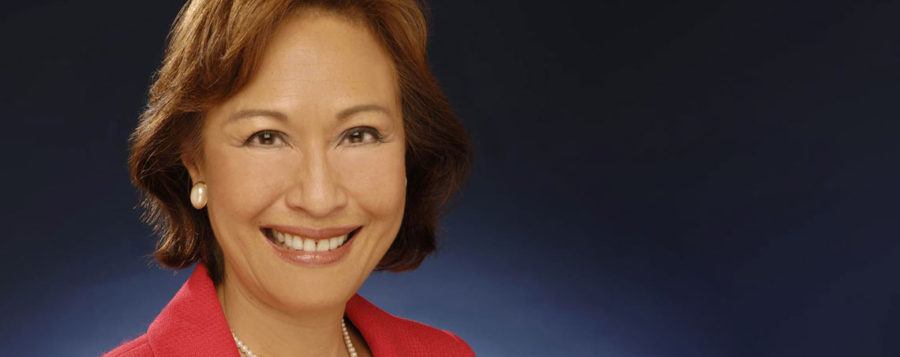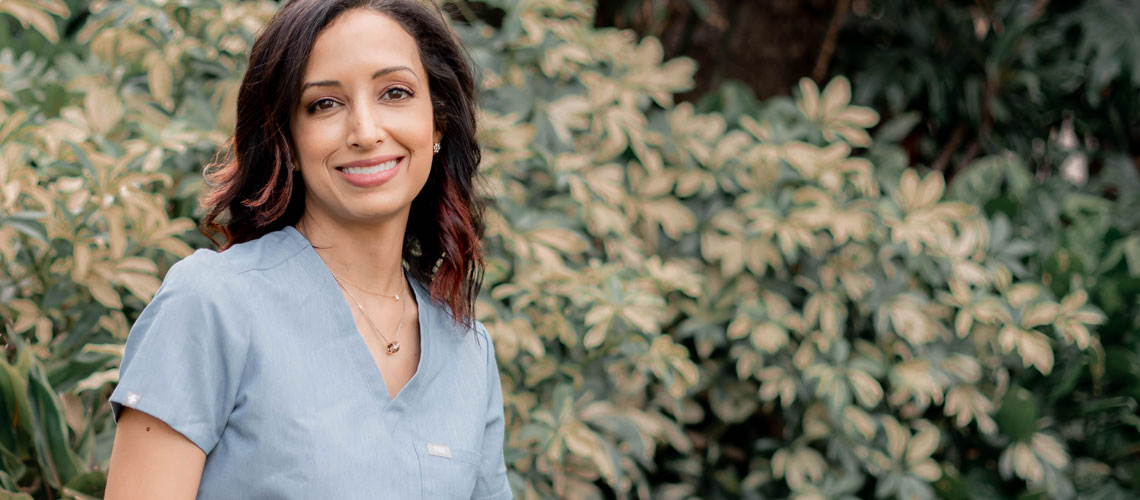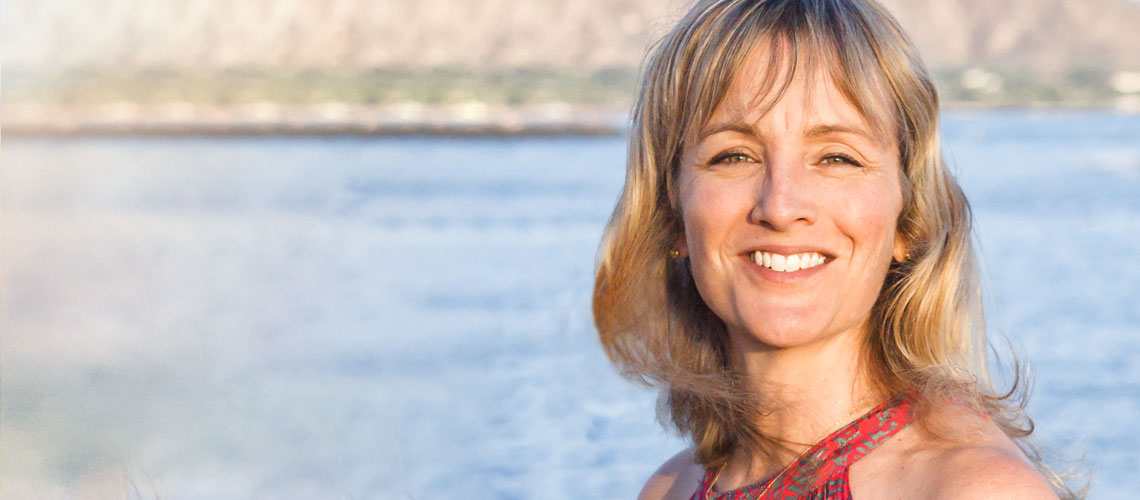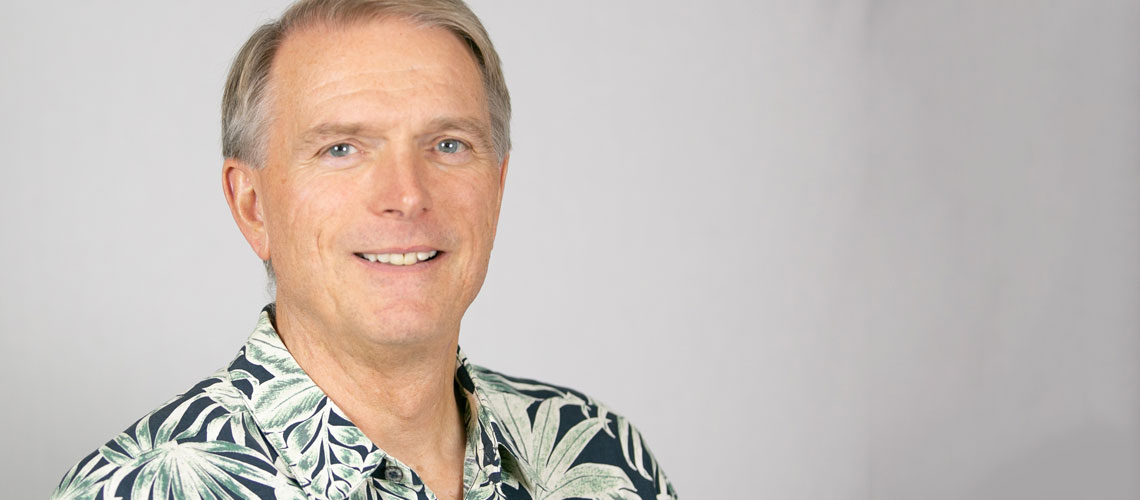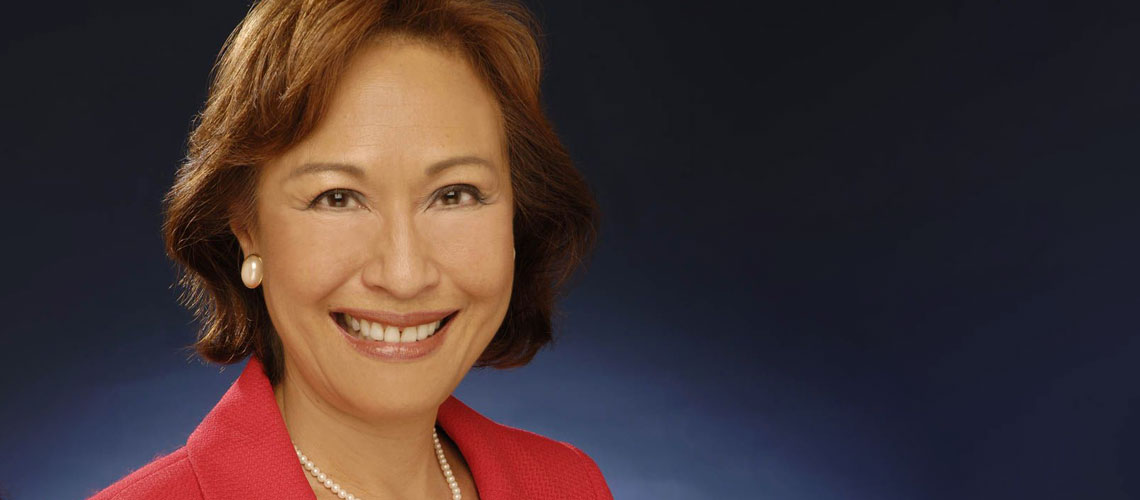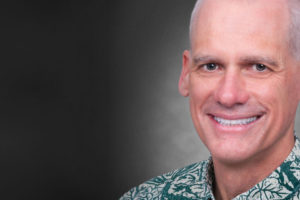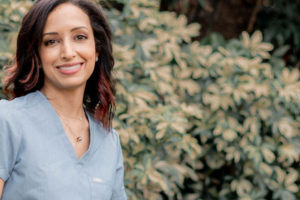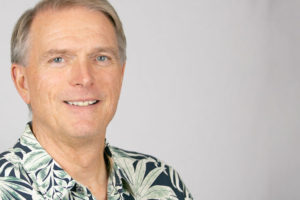What prompted the switch from law to humanitarian aid?
I have served as a volunteer and worked with volunteers my entire life, and I feel a deep sense of commitment to helping others. I started my career as a trial attorney with the U.S. Department of Justice Antitrust Division in Washington D.C. In private practice, I did pro bono work and led public service projects as president of the Young Lawyers Division. As executive director of the Hawai‘i State Bar Association, I promoted access to justice, alternative dispute resolution and even mobilized volunteer lawyers to help Hurricane Iniki victims.
I love new challenges, and when the opportunity arose to serve the largest humanitarian service organization in the world, I felt a longing to expand my reach to the broader community. The mission of the Red Cross is to prevent and alleviate human suffering in the face of emergencies by mobilizing the power of volunteers and the generosity of donors. I feel blessed to be able to use my best talents to make a difference.
What’s something people may not know about the American Red Cross?
We are chartered by Congress to respond to disasters big and small—one every eight minutes nationwide, and every four days in Hawai‘i—and provide emergency communication between deployed military service members and their loved ones in times of crisis. We work side by side with firefighters, police, civil defense and military to fulfill this humanitarian mission, yet we are not a government agency and receive no funding from the federal or state government for disasters. Instead, we rely on the generosity of the public to provide critical services to our community.
You’ve been CEO of the Hawai‘i region for 16 years. How has Hawai‘i’s disaster preparedness needs changed during that time?
A lot has changed—storms are more severe (e.g. hurricanes, floods, wildfires), there are ever-increasing threats to our homeland (e.g. 9/11, the Boston Marathon bombing) and the serious consequences of multiple deployments are being felt (e.g. PTSD, multiple amputees).
So in addition to responding to bigger and more frequent disasters, our focus is on prevention—installing free smoke alarms, preparing keiki for disasters, teaching people lifesaving skills and how to escape home fires—and building resilient communities where neighbors come together to prepare and take care of one another.
We are also doing more to support military service members and their families through reconnection workshops, suicide prevention and veteran support. More and more, we are communicating preparedness information through social media and through our Emergency, First Aid, Pet First Aid and Hero Care apps.
Hawai‘i has weathered several natural disasters over the last couple of years. What strengths or weaknesses were revealed and how do you plan to use that knowledge going forward?
Hawai‘i is the most isolated population on the face of the earth, yet many of us are not prepared. When—not if—a Category 5 hurricane strikes our islands, there won’t be enough shelter space, so people need to prepare their homes to shelter in place. Those living on the coastline, atop mountains or in high rises may be in worse shape, and small businesses need a backup plan. Storms are only going to get worse, so the time to get ready is now.
You deployed to New Orleans after Hurricane Katrina. How often are you on the front lines?
Although we are on call 24/7, 365 days a year, we rely heavily on volunteers who comprise 95 percent of our workforce. Volunteers are the ones who respond to everyday disasters. When larger disasters strike—like the Japan earthquake and tsunami, Marco Polo fire, Kīlauea eruption and Hurricanes Lane and Olivia—we are all working nonstop. I always know that it’s something serious, like a tsunami coming, when my disaster director calls me at 1 a.m., and we all head to the office. This is our pledge—to be here whenever and wherever help is needed.

